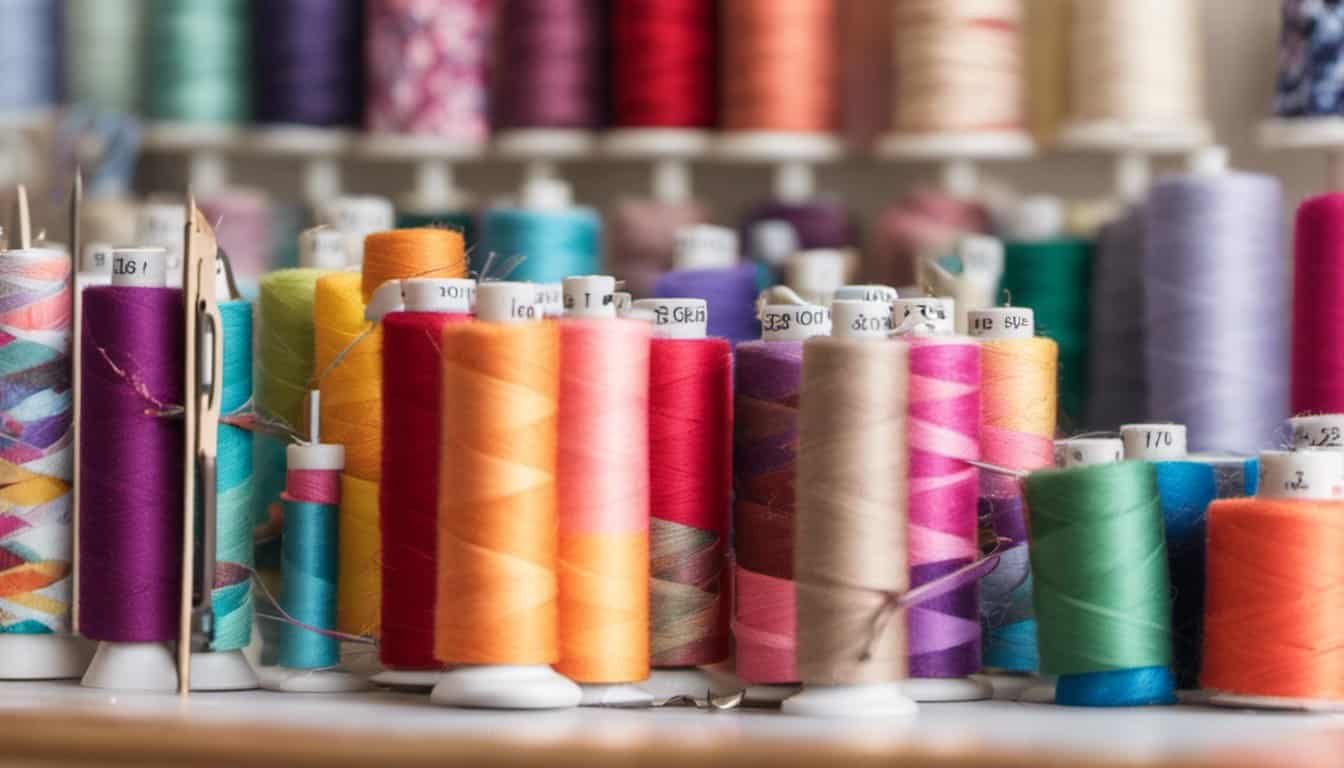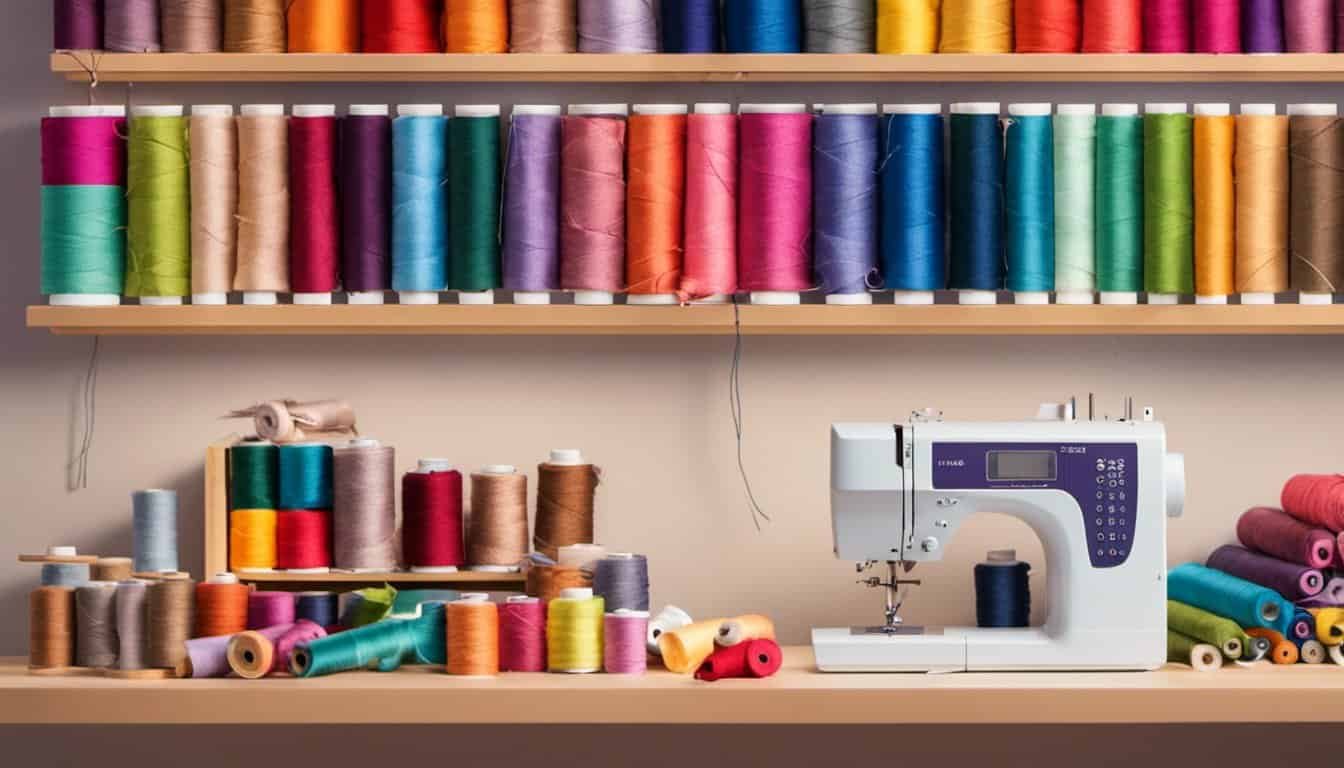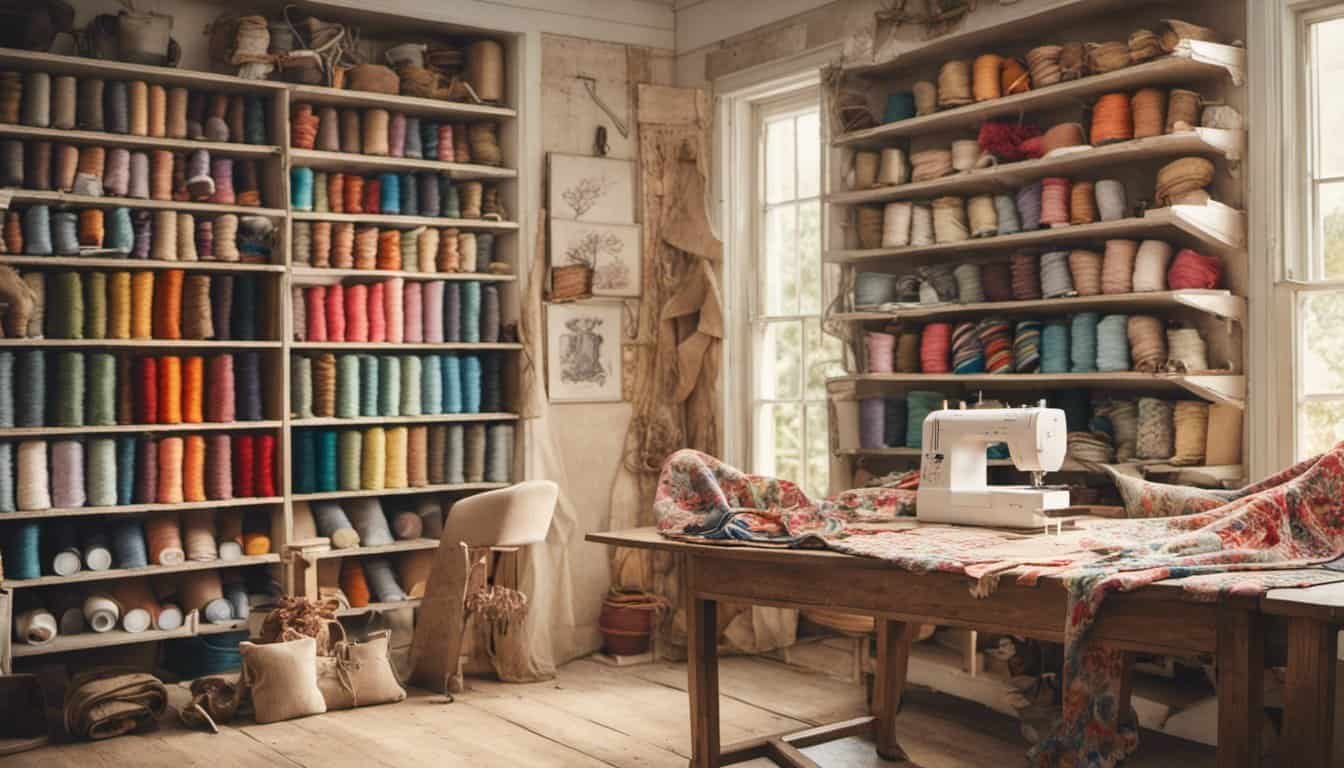Working on quilt corners can be tricky, especially when you want them to look neat and professional. I’ve faced my share of challenges with mitered corners, but once I mastered the technique, it made all the difference in my quilting projects.
In this article, I’ll share simple steps to sew mitered corners that stay sharp and smooth. Whether you’re a seasoned quilter or just starting out, these tips will help you achieve those perfect angled edges every time.
Tools And Materials Needed
To sew mitered corners on quilts, gather the following tools and materials.
Essential Tools
- Rotary Cutter: Delivers clean, precise cuts for accurate angles.
- Quilting Ruler: Ensures measurements are exact for consistent corner angles.
- Needles and Thread: Choose high-quality needles and matching thread for durability.
- Pins or Clips: Secure fabric layers together without shifting.
- Mitered Corner Tool: Facilitates the folding and aligning of mitered edges.
Fabric Selection
Selecting the right fabric ensures your mitered corners look sharp and professional. Opt for medium-weight cotton fabrics, such as quilting cottons, which offer stability and ease of handling. Additionally, consider fabrics with clear patterns or solid colors to highlight the precision of mitered seams.
Preparing Your Quilt
I start by selecting the quilt blocks where I’ll apply the mitered corners. Choosing blocks with clear patterns or solid colors simplifies aligning seams later. Next, I measure each block precisely to ensure consistency across the quilt. Using my quilting ruler and rotary cutter, I cut the fabric at a 45-degree angle, maintaining accuracy for sharp corners.
Pins or clips secure the quilt layers together, preventing shifting during sewing. I arrange the top, batting, and backing fabric neatly, making sure the edges align perfectly. Marking the mitered corners with fabric chalk helps guide my stitching, ensuring each angle stays consistent. Finally, I double-check all measurements and placements, setting a solid foundation for sewing flawless mitered corners.
Measuring And Cutting Mitered Corners
Accurate measurement ensures sharp mitered corners. I start by marking the exact point where two quilt blocks meet. Using a clear quilting ruler helps align the angles precisely. If the fabric shifts during cutting, the corner won’t turn out right.
Cutting at a 45-degree angle creates the perfect mitered corner. I place the fabric on a stable surface, aligning it with the cutting line on the ruler. Applying steady pressure with my rotary cutter prevents uneven edges. If the angle isn’t exact, the corner may appear uneven when sewn.
Tools Needed
- Quilting Ruler: Provides precise measurements for accurate cuts.
- Rotary Cutter: Ensures clean, straight edges on the fabric.
- Self-Healing Cutting Mat: Protects surfaces and maintains cutter sharpness.
- Fabric Chalk: Marks cutting lines without damaging the fabric.
Ensuring your fabric is properly aligned before cutting saves time and avoids mistakes. I always double-check my measurements before making any cuts. This attention to detail guarantees that your mitered corners look professional and seamless.
Sewing Techniques
Mastering sewing techniques ensures your mitered corners turn out sharp and professional. I use precise methods to achieve flawless results every time.
Step-By-Step Instructions
- Align Fabric Layers
Position the quilt blocks so their mitered corners meet at a 45-degree angle. Ensure edges are perfectly aligned to form a seamless corner.
- Secure with Pins or Clips
Use pins placed perpendicular to the seam line or quilting clips to hold the layers in place. This prevents shifting during sewing and maintains alignment.
- Stitch the Corner
Sew along the marked miter line using a straight stitch. Begin and end with backstitches to reinforce the seam and prevent unraveling.
- Press the Seam
Press the stitched seam open with a warm iron. This step sharpens the corner and ensures the miter remains crisp.

- Trim Excess Fabric
Carefully trim any excess fabric close to the seam line with a rotary cutter. Maintaining a consistent seam allowance ensures a neat finish.
- Finish the Corner
Use a mitered corner tool or bias binding to reinforce the corner. This adds durability and maintains the sharp 45-degree angle.
Common Mistakes
- Misaligned Edges
Inaccurate alignment leads to uneven corners. I always double-check that edges meet precisely before securing.
- Incorrect Cutting Angles
Cutting fabric at angles other than 45 degrees disrupts the miter. Using a quilting ruler ensures accurate angle cuts every time.
- Insufficient Pressing
Skipping the pressing step can cause seams to curl and corners to lose their shape. I always press seams thoroughly after stitching.
- Over-Sewing or Under-Sewing
« Discover How to Sew a Tucked Seam for Texture and Transform Your Projects
Master Sewing with Ease: How to Sew French Knots – A Beginner’s Guide »
Sewing too close to the edge weakens the fabric, while sewing too far can create bulky seams. Maintaining a consistent seam allowance prevents these issues.
- Poor Securing of Layers
Failing to secure layers properly with pins or clips results in shifting fabric during sewing. I ensure all layers are firmly held in place before stitching.
Finishing Touches
After sewing the mitered corners, applying the right finishing touches ensures your quilt looks polished and professional.
Pressing the Seams
Pressing sharpens the mitered corners and sets the seams in place. Use a warm iron and press the seam allowances towards the back side of the quilt.
- Tools Needed:
- Steam iron
- Pressing cloth
- Steps:
- Lay the quilt flat on the ironing board.
- Place a pressing cloth over the seam.
- Apply the iron with steam, pressing firmly along the mitered corner.
- Move the iron in a smooth motion to avoid shifting the fabric.
Trimming Excess Fabric
Removing excess fabric refines the corner and reduces bulk. Trim carefully to maintain the precision of your mitered edges.

- Tools Needed:
- Rotary cutter or scissors
- Quilting ruler
- Steps:
- Identify the excess fabric extending beyond the mitered seam.
- Use a quilting ruler as a guide to trim along the miter line.
- Ensure both sides are trimmed evenly for a balanced corner.
Securing the Corners
Reinforcing the mitered corners adds durability and prevents fraying. Choose a method that complements your quilt’s design.
- Options:
- Topstitching: Sew a line of stitches close to the seam on the front side.
- Bias Binding: Apply bias binding over the corner, stitching in place for a finished look.
- Steps for Topstitching:
- Thread your sewing machine with matching thread.
- Sew a straight line about 1/8-inch from the seam on the front side.
- Backstitch at the beginning and end to secure.
- Steps for Bias Binding:
- Cut bias strips 2.5 inches wide and the length needed to cover the corner.
- Fold the binding in half lengthwise.
- Align the raw edges of the binding with the raw edges of the quilt.
- Sew the binding in place, smoothing the corner as you go.
Final Inspection
Conduct a thorough inspection to ensure all corners are neat and secure.
- Checklist:
- All seams are pressed flat and aligned.
- Excess fabric is trimmed evenly.
- Corners are reinforced without puckering.
- No loose threads remain.
By following these finishing steps, your mitered corners will enhance the overall appearance and longevity of your quilt.
Conclusion
Sewing mitered corners can truly transform your quilts giving them that professional touch. I remember the satisfaction of seeing those sharp angles come together just right. With the right tools and a bit of patience it’s definitely achievable. Every step builds your confidence and skill making each project better than the last. Keep practicing those techniques and don’t get discouraged by initial challenges. Your dedication will pay off in the beautiful quilts you create. Happy quilting!


















